Developing fine motor skills in children is incredibly important. Everyone understands the impact this will have on early writing, but this is only a tiny portion of the full picture.
Fine motor skills are a central part of our lives. By developing their fine motor control, children are able to access other things to become confident and able people.
So what are the benefits of fine motor skills?
As children improve their fine motor skills they develop their independence in doing a range of tasks such as eating, writing, speaking, creating, and dressing themselves. They are able to access a wider source of learning activities, and social experiences.
That’s the simple answer, but there is a lot more to what makes fine motor skills important.
Fine motor skills are an almost continual part of all our lives. Humans are continually moving, picking things up, manipulating objects, and so on, which all require fine motor skills. The more children are able to develop these skills, the more ably they can access the world around them.
I have come up with the 21 top reasons why fine motor skills are so important. Here we go…
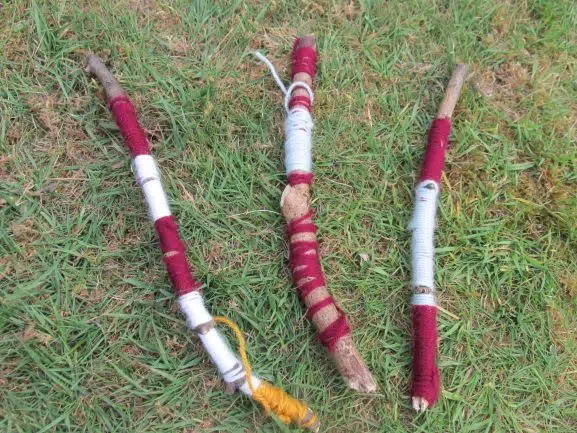
1. Independence
This is number one for a reason.
Independence is a core skill in life. It is the power behind creating goals, taking on challenges, and being empowered to give them a go. The seeds for all of these things are being sown more or less from birth.
The more children feel that they have power over their surroundings, the more they grow in confidence.
Fine motor skills are important for this. Developing fine motor skills helps them to do many important jobs for themselves, such as trying to get dressed being one example.
Also, they are able to overcome the many obstacles that come their way that involve fine motor, such as turning a door handle. When they have to rely on adults less, the more self-assured they get.
Top Tip – Give children as much encouragement as you can to do simple tasks by themselves. Also, don’t forget to celebrate their fine motor skills milestones!
2. Able To Get Dressed
This is one of the central skills of early childhood. All educators understand and have witnessed the impact of parents encouraging children to dress independently.
Dressing by themselves is a state of mind for many children. If they do this, then they are often more independent, and keen to explore and try things by themselves.
Start small with this.
Clearly, babies and toddlers will need to be dressed by parents. But as soon as children are able to start helping in some way they should be encouraged.
To start with this will be things like putting their arms up to take a jumper off. Or sitting down to have their shoes on.
But this will expand with encouragement to putting on a few clothes, and finally selecting and putting on clothes themselves.
There is a huge amount of finger strength and fine motor development that goes on during the dressing process. There are twisting, lifting, zipping, buttoning, and all sorts of manipulative skills.
There will be a mixture of gross and fine motor combined. To find out the main 12 differences between fine and gross motor skills then take a look at this.
Top Tip – From the earliest possible age, allow children to at least give some help dressing them. Later, allow them the time and encouragement to get dressed as independently as possible.
3. Hand-Eye Coordination
This is another fine motor skill that develops from when we are babies and keeps developing to adulthood.
When children interact with fine motor games and activities, they are continually improving the link between what their eyes see, and what they are trying to hold and touch.
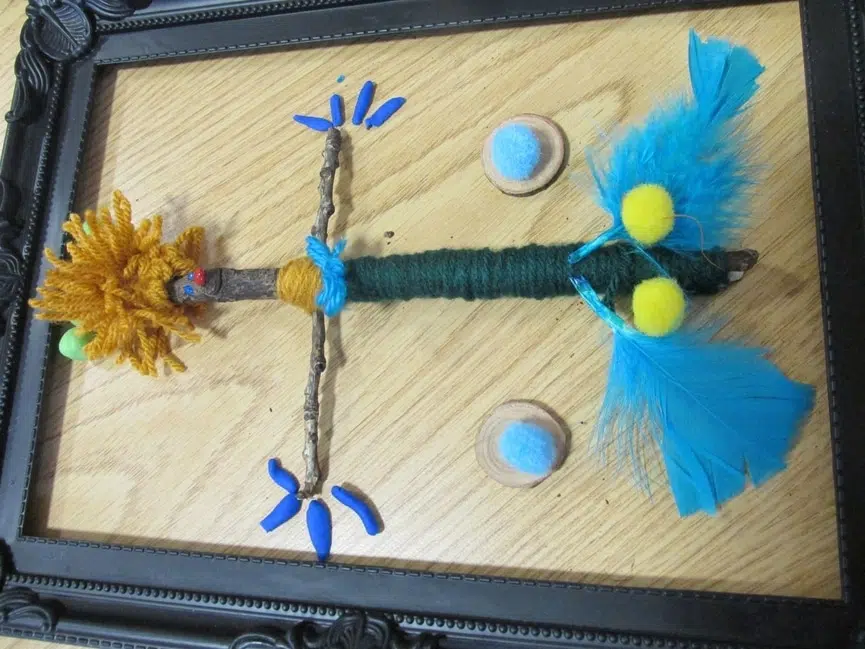
This hand-eye coordination is crucial for carrying out all physical activities in life.
Top Tip – Praise their efforts during fine motor activities, and keep them motivated! Try out exciting fine motor games, such as these brilliant 16 pipette activities.
4. Helps Them Eat
One of the primary benefits of fine motor is they are able to eat more independently and successfully.
A child’s fine motor skills begin certainly from about three months old, and eating is one of the central areas that fine motor can be required at an early stage.
The more independence you can give to young eaters the better. Let them explore their food. Let them put it into their mouths at whatever stage they are able to do that.
Later on, giving them some small things to pick up such as peas or rice really helps fine motor skills.
There are a lot more fine motor skills involved in eating in general. Both the action of the tongue and the lips are fine motor movements. Developing the use of these crucial small muscles will help them eat food successfully, and are also linked to speaking.
Children with speech and language issues will often also have problems eating. There is also a correlation between speech issues, and poor fine motor in the hands and fingers (though not always). It is surprising how linked together things like this are.
Top Tip – Allow children as much independence as possible in the early stages of eating. Let them select, pick up and even play with their own food.
5. Boosts Self Esteem
Fine motor really helps children to be aware of their abilities.
When they are able to carry out a tricky task independently, children are acutely aware of this.
For example, children are delighted when they can make a really tall tower out of building blocks. They are ecstatic when they fill a geoboard with elastic bands.
Top Tip – Celebrate their achievements and fine motor skills milestones!
6. Ability To Mark-Make
This one is quite obvious, but really important for young children.
Weak fine motor is often the largest obstacle in the way of children wanting to give mark-making a go, and the better these skills can first be developed, the greater the zest children will have for trying it.
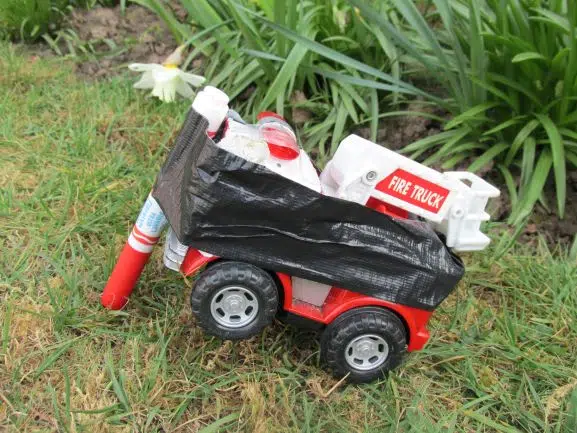
There are lots of types of early mark-making you can try that strengthen fine motor skills, including:
- Drawing with their fingers in messy substances such as foam or gel
- Holding ribbons or streamers and skywriting
- Holding unusual writing tools such as sticks and drawing in mud
Top Tip – Make mark-making fun! Use big surfaces, active experiences, and exciting mark-making tools.
7. Self-Care
Fine motor abilities really help children to carry out some fundamental features of life. Some of these are really important for our self-care.
Some good examples of these types of actions include:
- Brushing their teeth
- Brushing their hair
- Washing their hands
- Using toilet paper!
Top Tip – Give children huge amounts of encouragement and praise to try out these activities by themselves when they are ready.
8. Speech And Language
Speech and language are powerfully linked to fine motor skills. There is a lot of research that demonstrates the key link between communication and fine motor development (Source)
Many children who present with fine motor issues of the fingers in skills like writing, will often have speech and language issues.
Many speech and language activities are actually trying to develop the fine motor muscles in the face, lips and tongue.
By being able to speak more clearly children will of course be understood better. They will also often develop more confidence and self-esteem.
Top Tip – Sing songs, read books, and engage in plenty of face-to-face talking with young children.
9. Brain Development
Fine motor activities are linked to brain development in all sorts of ways. They positively provide:
- Experiences of crossing the mid-line
- A chance to improve hand-eye coordination
- A multisensory experience, combining touch and sight
Top Tip – Offer opportunities to explore interesting small objects in a range of ways to fire up their curiosity.
10. Explore Creativity
Many art and design based activities have fine motor as a core skill.
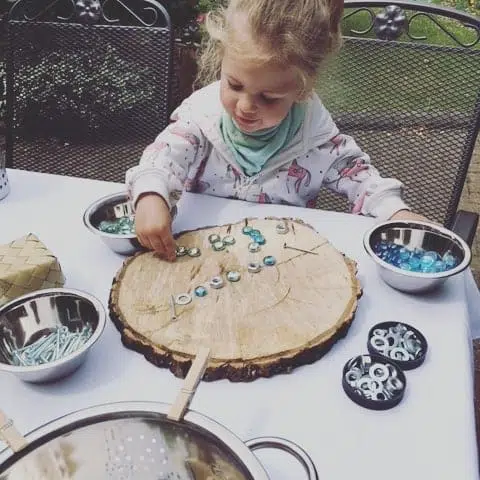
Some examples include:
- Weaving
- Sewing or threading
- Painting with different types of brushes or other tools
- Making playdough models using a range of different resources
Fine motor skills allows these kind of experiences to take place. Also the better your fine motor, the more you can add detail and layers of complexity to whatever you make.
Top Tip – Link art activities to their interests, or to books or films they enjoy to really tap into their motivation. Motivation is the key to learning (find out the 15 ways to motivate young children here)
11. Construction
For many young children, construction is their number one favorite pastime!
Having good fine motor skills really helps in many ways, including:
- You can use a wider range of equipment. For example, not just bigger duplo, but smaller Lego
- You can make much more complex creations
- You can enhance what you create by recording it in some way
- Building with larger materials becomes a safer experience, as you will not drop things, or knock things over as much by mistake
Top Tip – Offer a range of building materials, and model some ideas to young children in particular.
12. Turn Pages Of Book
Reading is not really associated with fine motor much, but the physical action of turning the pages of a book is definitely a fine motor action.
The more that children feel confident and secure with books the better, and so this simple fine motor level of ability can really help them not to be put off by not being able to turn the pages.
Top Tip – Seeing the act of reading done regularly, alongside giving children access to books they can use independently, will really help develop this sense of independence in handling books.
13. Social Boost
Strengthening fine motor skills can really help in making children feel more connected to their friends.
If your friends are all trying out a threading activity with beads, and you are able to do it as well, it gives you a sense of community. Children with weaker fine motor will often refuse or belittle activities like this if they know they can’t do them, and this can impact their relationships with others.
Children with good fine motor will be able to fully engage in the same activities their friends do, and on an equal footing, and this will have a positive impact on themselves and on their relationships.
Top Tip – Try and offer a range of tools in different learning areas and for different activities. This will help children at different stages of fine motor development to access the same activities at different levels.
14. Helps Them Draw
The ability to draw is connected to several functions, but the primary one is fine motor.
Drawing helps children to recreate the world and their lives. They develop their understanding of the physical forms of things. Also, they like to draw pictures from stories and talk about them.
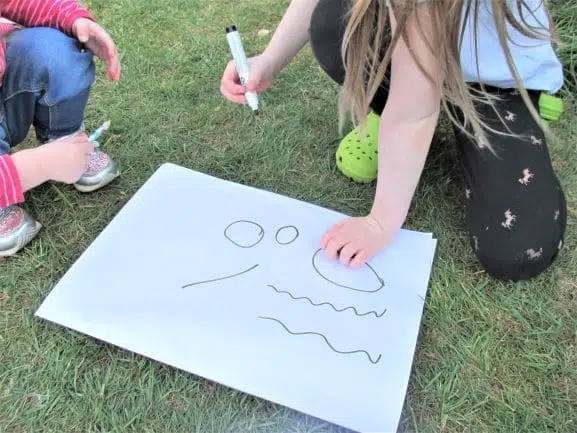
Fine motor helps their drawings take on a greater resemblance to reality. They can add detail, and talk more about what they are doing and its implications.
Top Tip – Provide exciting surfaces and equipment to draw with.
15. Use Technology
Many children will be much more confident in using different types of technology if they have effective fine motor skills.
For example, using a mouse requires coordination and control of the fingers, hand and wrist.
Computer games often require a level of fine motor. Also, iPads and tablets need some hand-eye coordination to work effectively.
Of course, technology is a double-edged sword where the fine motor is concerned.
Many researchers and educators believe that current low levels of fine motor skills among children are often caused by excessive use of technology. This kind of play takes place instead of more traditional forms such as playing outside with activities such as digging, sweeping and playing ball games. Children use their hands less than ever before, so just keep this in mind.
Top Tip – Introduce a range of technology, but be aware that many children will need other experiences as a much greater priority.
16. Allow For Greater Versatility Of Play
Children can quite simply try out a lot more things when they have good fine motor skills. For example, they can:
- Use small tools with substances like playdough
- They can thread and weave
- They can use tweezers or tongs
- They can use small maths equipment
- They can use handheld tools like magnifying glasses
Top Tip – Provide as many exciting opportunities and learning experiences using small objects as you can. Check out some of these ideas:
10 popsicle stick fine motor activities
17. Tidy Up!
It is true that very few children enjoy tidying up!
However, it is definitely a less grim process if you are able to confidently and quickly pick up small items off the floor or table, and successfully put them away!
Fine motor skills really help in the following ways:
- Children can tidy up much quicker
- They are able to pick up small items like pompoms or sequins
- They get less frustrated as they are able to do it effectively
Top Tip – There is no magic wand! Just lots of encouragement, praise, and general motivation!
18. Loose Parts Play
Loose parts play is a fantastic way of providing open-ended learning. It is great for fine motor, and also fine motor really helps in being able to access it fully.
Put simply, loose parts is playing with objects that have no fixed purpose or goal. For example, playing with some stones. The stones could signify something for the child (such as they could be dogs, or sweets, or magic gems), but they have no definite purpose, like a toy car does for example.

Some of the best loose parts play activities are great when using things like wood slices, screws, gems, pompoms, bottle-tops, and other small things like that, which really require a level of fine motor skill to be able to access.
Top Tip – If you want to find out 40 spectacular loose parts play ideas, then check this out.
19. Use A Wider Range Of Equipment
This is a really important one to finish off.
Children who are still developing their fine motor skills are limited to a much smaller selection of equipment than those who are more confident in this area.
For example, to take just one learning – the sand. There might be a range of larger equipment that children with a weaker fine motor can use – such as gutters, tubes, pipes, spades, buckets etc.
However, those with an increasingly effective fine motor will also be able to use small scoops and spoons, things like small pebbles and shells, small clay knives for wet-sand carving, and other things like mini-molds.
The range of experiences on offer in many areas will double or more.
Top Tip – Provide a range of different equipment, both big and small, for activities.
20. Taste
This is another one that is less obvious – our ability to taste!
We are able to taste by the ability of our tongues to make many series of small movements to move the food around our mouths.
The more skilfully you can do this process, the better your ability to taste food and the greater satisfaction you will find in eating in general. Who’d have thought!?
Top Tip – Talk about food! What it tastes like, and likes and dislikes. The more children think about the process, the better they might focus on the mechanics of eating.
21. Facial Expressions
Fine motor skills are involved in so many areas that you probably would never think about!
Here’s another one – facial expressions!
All those different ways we can make our faces move are made possible by tiny movements of multiple muscles.
Facial expressions play a huge part in life. Anyone who works with young children will have experienced issues with facial expressions such as:
- Some children convey very few facial expressions with their faces
- Some are unable to observe facial expressions in others. They just don’t ‘see’ it when their friends are upset or shocked sometimes
A good idea is to encourage the use of facial expressions in a range of fun ways. For example, when telling stories get everyone to act out how characters might look at certain times of the story.
Top Tip – You can play exciting games like ‘pass the facial expression’ where you quite literally pass a smile or a frown around the circle. Parents can play ‘copy my face’ – good when you try to look like characters at different parts of stories you might be reading.
Conclusion
Fine motor skills help children perform important tasks and they will use these skills on an almost continual basis throughout their lives. The more you can stimulate these skills in children, the better they will be able to access the world around them.
If you have enjoyed this article, then I would definitely recommend that you try out this one
